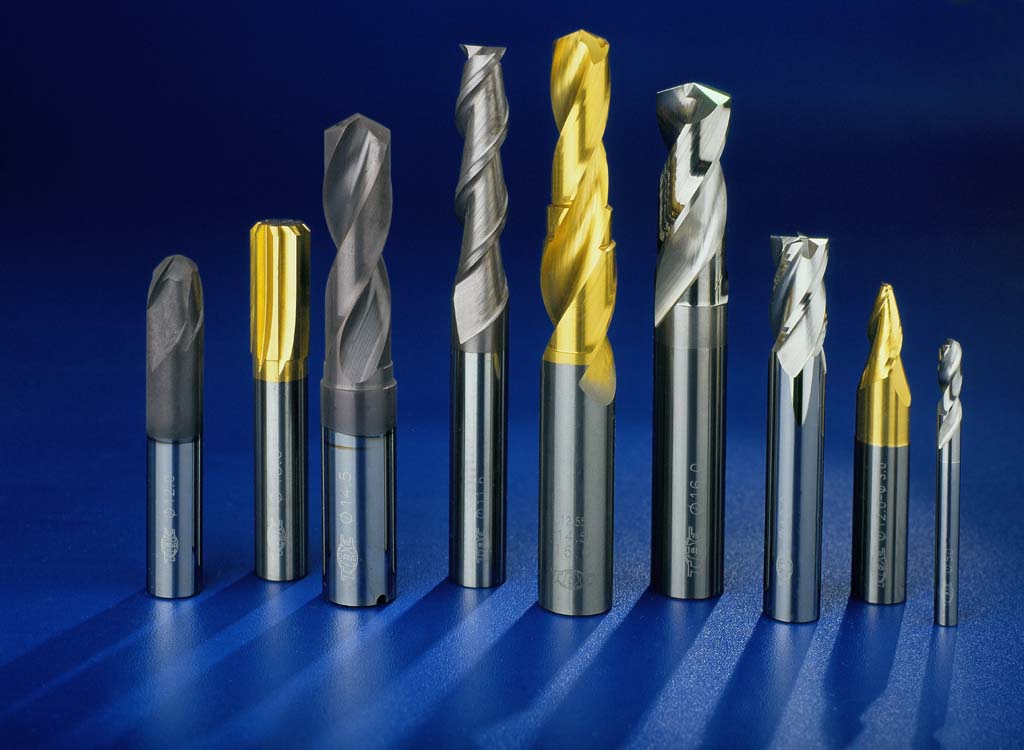They’re shiny, they’re hard, and they’re critical to your workshop – Carbide tools. But are all carbide tools created equal? What should you consider when purchasing your next set of carbide tools? How do you define your specific needs for these tools? Welcome to our comprehensive guide. In the following long-form blog, we aim to answer these pressing questions, and more, as we deep dive into the world of carbide tools.
Renowned for their hardness, durability, and cutting speed, carbide tools are the unsung heroes of many workshop spaces. From homeowners who love a bit of DIY, to professional carpenters and industrial manufacturers, carbide tools are favored for their precision and efficiency. However, with a multitude of types and brands available, deciding the right tool can become an arduous process, often leaving buyers overwhelmed and confused.
This guide will shed light on the nuances associated with carbide tools and empower you to make an informed decision. Through the sections below, we will explore different types, their specific applications, potential pros and cons, and critical factors to consider before making your purchase.
Why Use Carbide Tools?
Carbide tools, simply put, are a game-changer in machining. But why? The answer lies in their composition. Carbide is a remarkably durable material, thanks to the bonding of carbon and tungsten atoms at high temperatures. This fusion grants the tools the ability to withstand high stress, wear, and heat. Whether you’re drilling, milling or turning, carbide tools offer unrivaled performance and longevity, drastically reducing the frequency of replacements.
What Types of Carbide Tools Are There and Who Uses Them?
There’s a vast spectrum of carbide tools available. End mills, drills, milling cutters, insert cutters – the list goes on. Each is tailored to specific applications across different industries. Manufacturers and industries prefer solid carbide tools for demanding production lines, while the woodworker will reap benefits from carbide-tipped drills and saw blades.
When Should You Choose Carbide Over High-Speed Steel?
High-speed steel certainly has its merits, but carbide tools emerge as winners when it comes to high-volume production and precision machining. With the ability to maintain sharpness under high temperature, the latter becomes the optimal choice where the workpiece is particularly hard or abrasive, or when impeccable finishing and precision are paramount.
Pros and Cons of Investing in Carbide Tools
While longevity, speed, and precision are solid arguments in favor of carbide tools, they’re not without their drawbacks. Cost is a critical factor – carbide tools require a heftier initial investment as compared to their high-speed steel counterparts. Also, while exceptionally hard, these tools can be very brittle and prone to chipping if not handled correctly.
Navigating the Carbide Tools Market: What to Look For?
Selecting the right dealer and brand is equally critical in your carbide tools journey. Reliable dealers not only assure quality but can guide you with professional advice on choosing the right tool based on your applications. Do your homework, read reviews, ask for recommendations, and factor in after-sales service as well.
The Maintenance Quotient: Caring for Your Carbide Tools
The lifespan of your carbide tools is only as good as the care you put into them. Regular inspections, proper cleaning, applying the right cutting fluid, and refraining from overloading are all integral to maintaining their performance and longevity.
Conclusion: The Carbide Choice – A Long-term Commitment
Choosing the right carbide tools is more than a point-of-sale decision—it’s a commitment to quality, efficiency, and longevity. Considering the variations, the usage circumstances, and the cost, it is clear that carbide tools are not a one-size-fits-all solution but a carefully considered investment tailored to specific needs. While the initial cost may be high, the returns in the form of durability, precision, and reduced replacement frequency compensate abundantly.
So, choose wisely, care intensely, and let your carbide tools become an enduring asset in your workspace. After all, in the world of machining and manufacturing, it’s not the big machines but these tiny carbide cutters that make a world of difference. Happy shopping!

